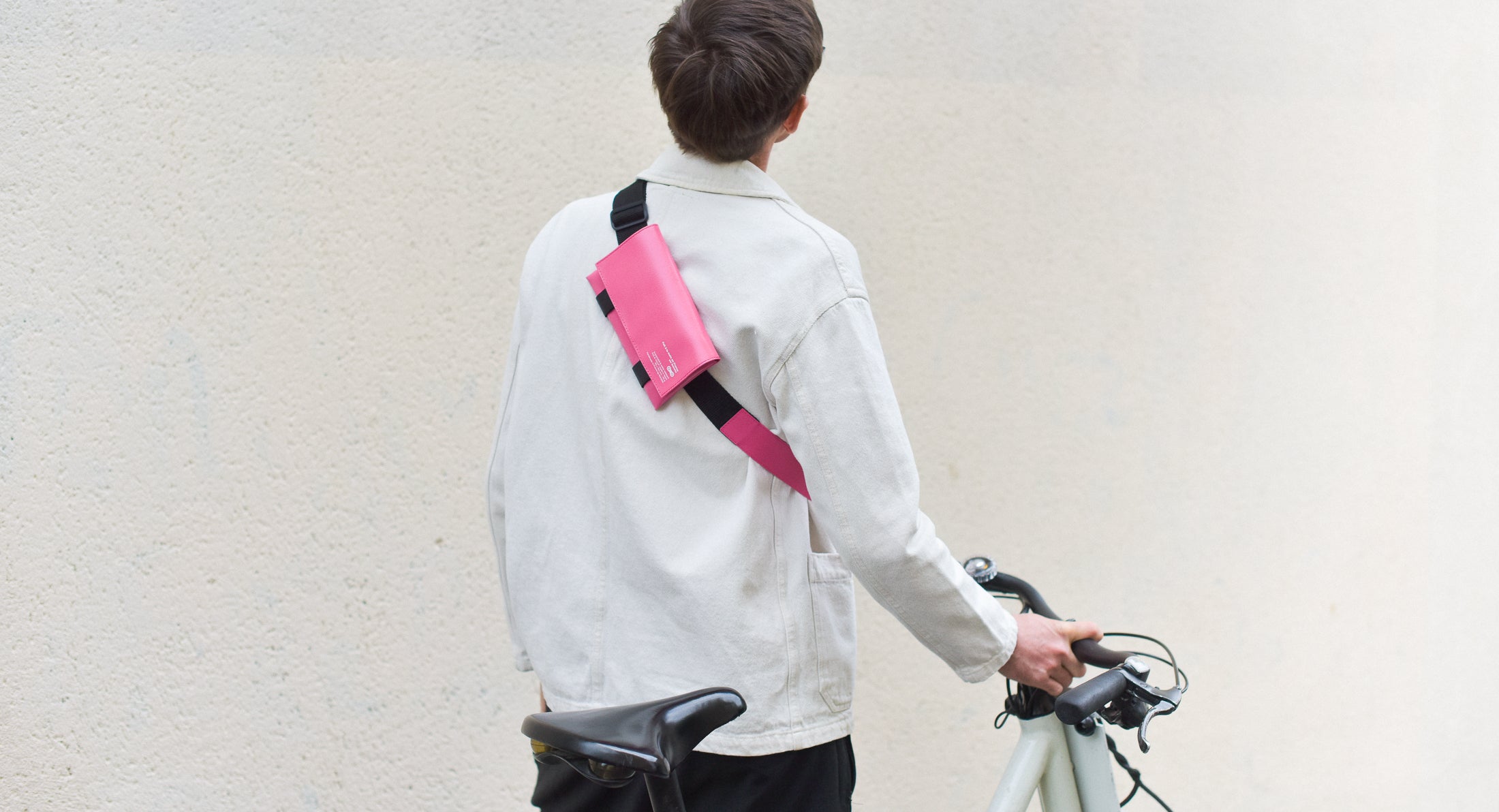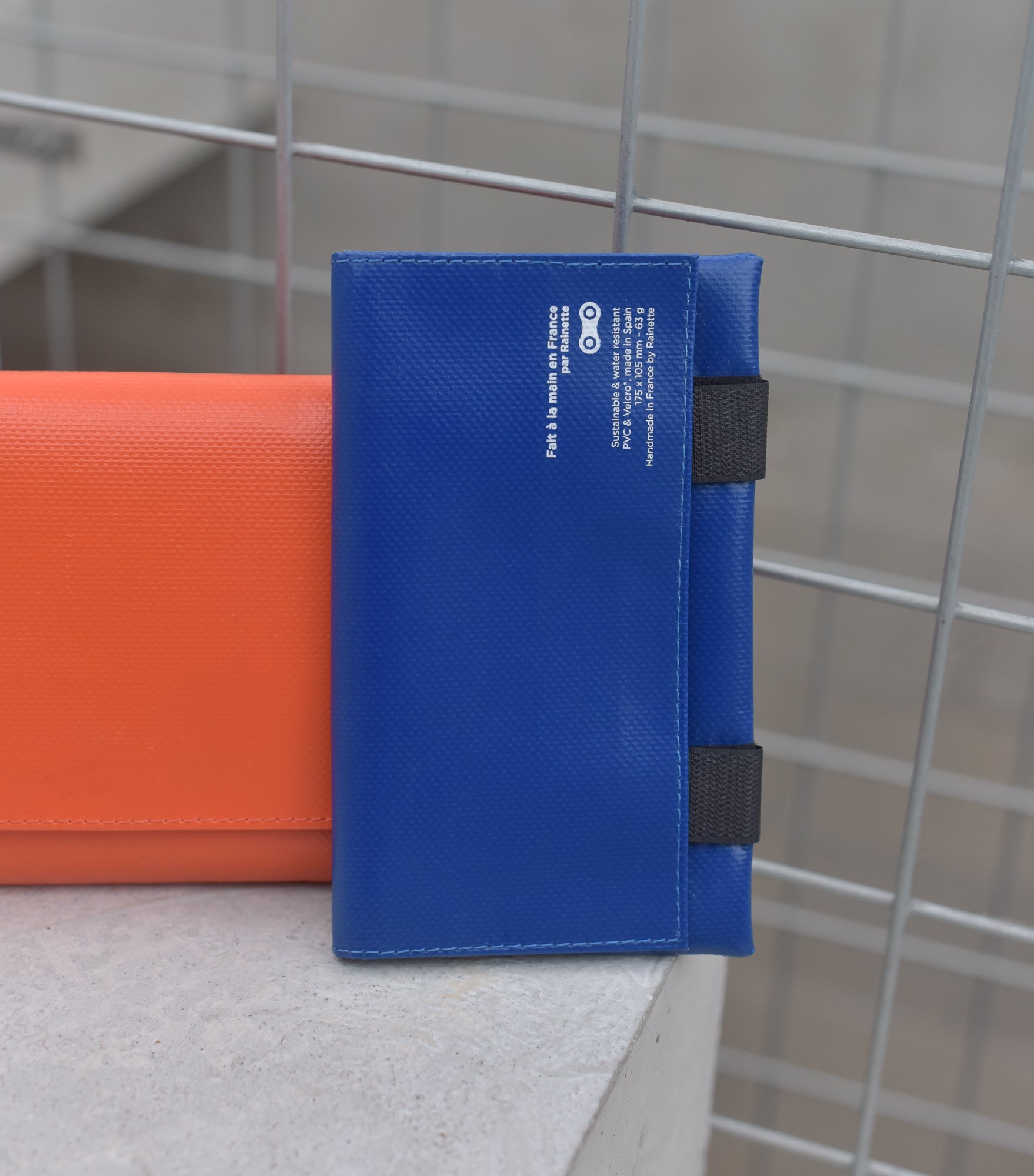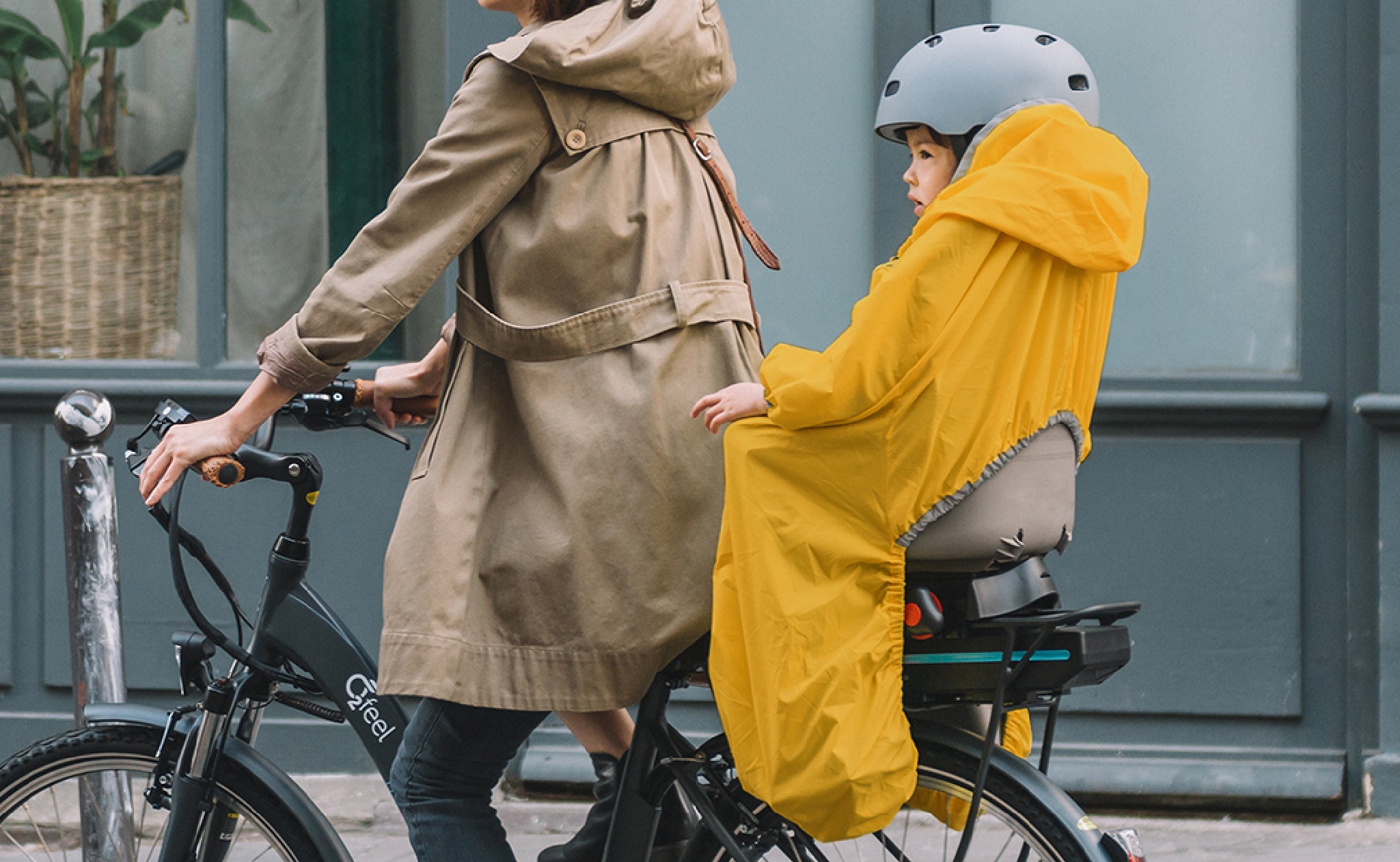Going to work, bike touring, family outings... there's every reason to get on your bike. But to make sure your outing doesn't turn into a nightmare, French law lays down a number of road safety rules. Here's an overview of these obligations!
Mandatory equipmentThis is it, the big day! You're finally taking your bike out of the garage. Before you set off at full speed to conquer the roads, remember to check your bike's condition. Inflated tires ? Check. Adjusted saddle ? Check. Functional front and rear brakes ? Check.
Then make sure you have all the equipment you need to be visible and safe, day and night. This includes lighting, audible signals, certified yellow vests and helmets.
To be visible, your city bike must be equipped with reflectorsthose famous reflective devices. A red one on the back, a white one on the front, orange ones on the pedals and on the sides, and you're all set... for the day! Because at night, you need to be extra vigilant. If all cats are gray, you'll be bright! So don't forget to place a red tail lightand a front position light non-glare white or yellow.
To signal your presence, you'll also need to arm yourself with a horn. Tone, bell... It doesn't matter, your bike needs to be equipped with an audible signal. bell audible from a distance of at least 50 metres. The use of any other audible signal is prohibited.
WARNING: Failure to provide any of these items of mandatory equipment may result in a fixed fine of €11increased to €38...
Outside built-up areas, at night or when visibility is poor, all cycle drivers and passengers must wear a safety helmet. approved reflective yellow vest. Failure to comply with this obligation is punishable by a fixed fine of €35.
For children under 12, the helmets must be worn. Even if they're only temporary. Watch out for the noggin! The helmet must be approved (CE marking) and attachéThis goes without saying. Otherwise, accompanying adults are liable to a fixed fine of €135.
The Highway Code for cycling
The Highway Code is marked by the predominance of cars. However, the a two-wheeler is still a means of transport like any other, and must therefore abide by certain rules. If these are sometimes a little vague, here's a summary that's not exhaustive, but clear. That's something!
The cyclist is obliged to driving on the road. So forget the sidewalks, which are too dangerous to share with pedestrians! If there are several of you, opt for single file. Otherwise, simply follow the Normal Highway Code. Traffic lights, road markings, signs, right of way, respect for other road users... In short, all that, all that. Oh yes, and if you're transporting a child under the age of 5, you absolutely must put him or her in a child seat. child seat. You don't carry your baby against you in a sling, for example. It's far too dangerous...
Of course, the bike paths are preferable, as they are reserved and therefore safer. Cycling facilities that give pleasure!
The cyclist's chek-list

In short, cycling has its rules! And French regulations are quite strict when it comes to cycling. But it's all for a good cause! Riding on public roads can be very dangerous, especially in the city... Fortunately, we've summarized all the equipment you need for a pleasant bike ride:
-
Inflated tires
-
Front and rear brakes operational
-
Rear (red), front (white) and side (orange) reflectors
-
Bell audible from a distance of at least 50 metres
At night or in poor visibility (fog, rain, tunnel, etc.):
-
A white front position light and a red rear position light
-
Outside built-up areas, an approved yellow vest
For children under 12, driver or passenger:
-
Wear an approved, fastened helmet
-
Up to 5 years, a bicycle seat for babies
And if you want to be seen even better, there's nothing better than Rainette accessories! Stickers, laces, retro-reflective wheel spokes... all add to your visibility and style, and will undoubtedly delight you on your daily commute. So get on your bike!
Discover all our https://rainette-shop.com/collections/visibilite





